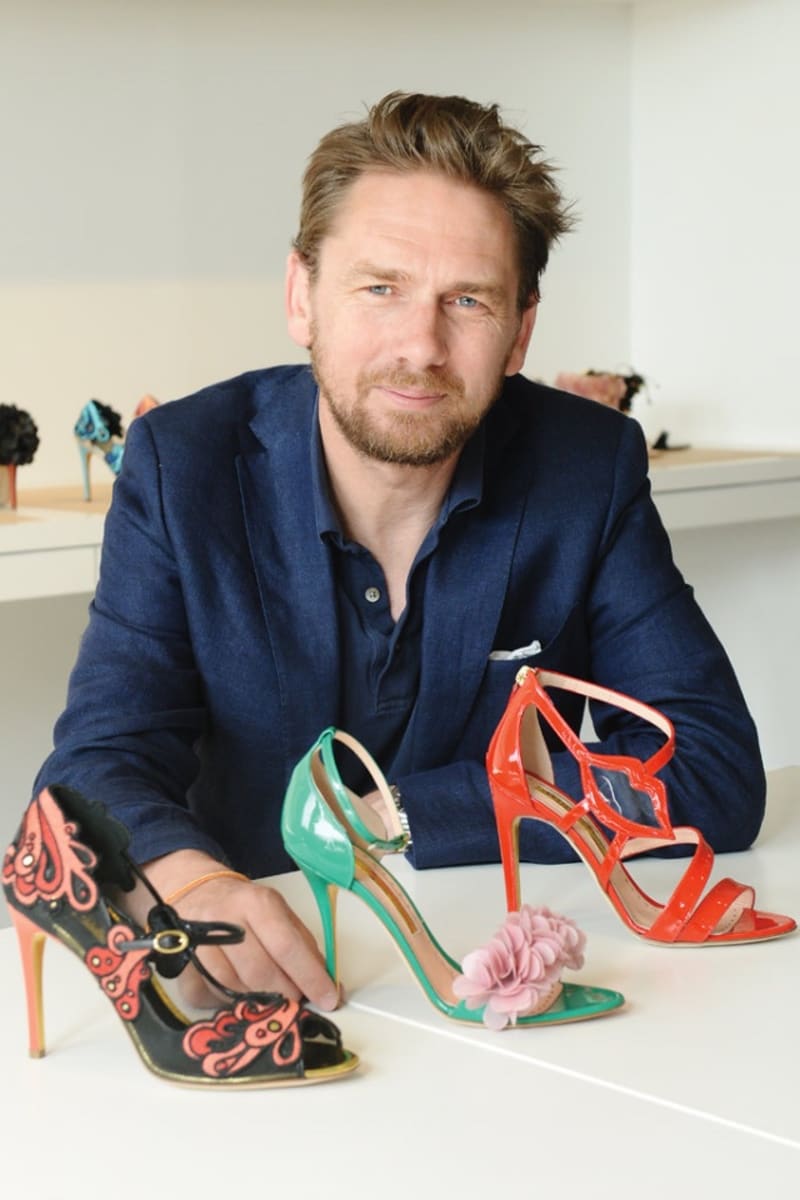
- Subjects
- Courses
- Colleges and Institutes
- Accessibility tools
-
English
-
English
-
Arabic
-
Chinese (Simplified)
-
Chinese (Traditional)
-
French
-
Italian
-
Japanese
-
Korean
-
Portuguese
-
Russian
-
Spanish
-
Thai
-
-
Home
- Search
-
Study at UAL
-
Pre-degree courses
-
Undergraduate study
- Postgraduate study
-
Short Courses
- Self-paced online short courses
- On Campus short courses
- Online short courses
- Courses for teenagers
- Courses starting soon
- Summer short courses
- Customised and executive training
- Future Creatives
- Short course stories
- My account sign in
- Immigration guidance
- Terms and conditions
- Winter short courses in London or online
- Useful information
- Spring short courses in London or online
- Fashion Folio visa information
- Graded Awards in Drawing
-
Online courses
- Apply
- Enrol
- International students
-
Our prospectus
- Accommodation Services
- Student fees and funding
- Language Centre
- Study Abroad
- Facilities
-
Course regulations
- Student surveys
- Tutorial policy
- Student rights and responsibilities
- Student Privacy Policy
- Student liabilities
- Attendance Policy
- Academic Misconduct
- Reporting serious incidents
- Appealing An Exam Board Decision
- Making a Student Complaint
- Student Fees Policy
- Quality Assurance
- Assessment
- Course Transfer
- Extenuating Circumstances and Time Out
- IT network and acceptable use policy for students
-
London
-
Contextual admissions
-
Ask a student
-
UAL Student Voices
-
Work placements
-
Pre-degree courses
-
Students
-
Student Careers
- Find jobs and internships on Creative Opportunities
- UAL Arts Temps
- Career skills and support
- Exhibit and sell your work
- Freelance and business support
- Awards, funding and support
- Industry and Partners
- Events and workshops
- Develop your skills and strengths
- Support for Graduates
- Stories
- Careers support for students
- Career resources
- International Futures
- Find a job
- Library Services
- IT Services
- Student Services
-
Locations and opening times
-
Term dates
- Graduation
- Academic resources
-
Students' Union
-
Canteens and cafés
-
Portfolio
- Student diversity
- Assistive Technology
- Health and safety for students
-
Make a living doing what you love
-
Student timetables
-
Wellbeing Hub
- UAL Showcase
- Big Welcome
-
Creating accessible digital content
- International exchange
- Money management
-
Student Careers
- Alumni and friends
- About UAL
-
Working at UAL
- Knowledge Exchange
- Research
-
Stories
-
What's on
- People
- Educational and global partnerships
-
Contact us
-
FromScratch1_00
- my-account
-
UAL Footer (iframe)


Biography
Honorary Fellow
Award-winning British designer Rupert Sanderson was 12 years into his advertising career when he enrolled at Cordwainers at London College of Fashion.
After his studies, he spent 4 months in Italy dashing between factories, tanneries, leather markets and heel makers on his motorbike. He worked in Bologna at Sergio Rossi, then at Bruno Magli where he learnt to make shoes the old-fashioned Italian way, in a family run business surrounded by expert craftspeople, from sole makers to heal makers to buckle makers. He returned to London in 2001 and launched his own label with 15 shoe designs, all named after daffodils.
Alongside building his Rupert Sanderson brand, he has worked with Antonio Berardi, Shrimps, Huishan Zhang and designed for The Royal Opera House. He also created 4 seasons’ worth of runway shoes for Karl Lagerfeld after Karl spotted some outlandish boots Rupert had made and called him to Paris.
In 2006 Rupert bought a small factory near Bologna that was facing closure and he continues to work alongside the local shoemakers there – many from different generations of the same families. His body of work continues to grow, now featuring 2,800 designs. He is recognisable worldwide for his iconic pebble design: an organic shape that has seen multiple expressions from gold leaf to rope, wood and crystal.
Rupert’s most recent collection features mirror gold leather bamboo, bright raffias, patent double bows and blush glitter leather. To offset their paper and cardboard use, the company has a tree planting initiative. They also take part in charitable collections such as the limited-edition Minions stiletto, worn by Sandra Bullock on the yellow carpet.
Rupert describes his day-to-day as living in 4 seasons at once. Whether designing a silhouette to be worn at home, by royalty or to the Oscars, his working practice is a product of the Italian culture of making beautiful things. He still marvels at how a leather market, a factory and brutish machines that force things together hour after hour can result in a product that is incredibly graceful and light.